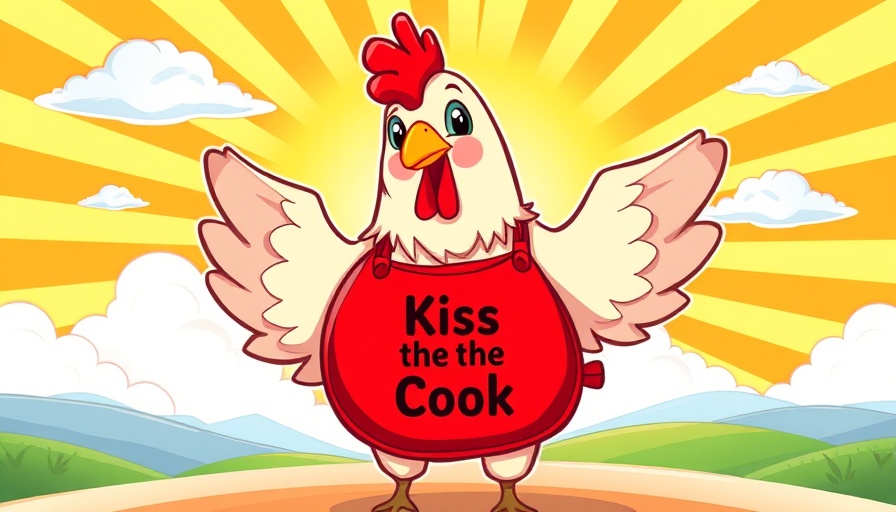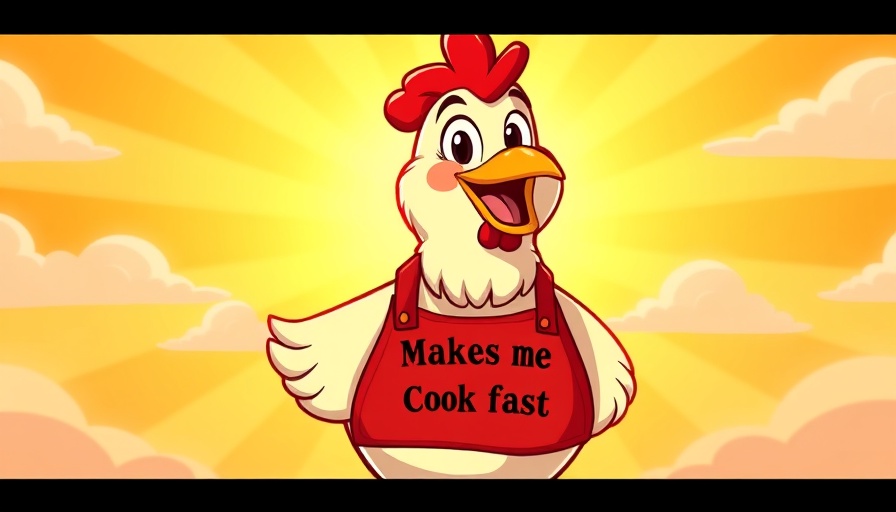
Understanding Avian Copulation and its Challenges
The intricate process of avian reproduction can be perplexing, especially when it involves the mechanics of copulation in chickens. Contrary to popular belief, the rooster cannot penetrate the hen's cloaca directly. Instead, a unique method called the 'cloacal kiss' facilitates fertilization.
The Mechanism Behind the Cloacal Kiss
During mating, roosters and hens align their bodies so that their cloacas touch. This positioning allows for the transfer of sperm from the rooster to the hen without direct penetration. The sperm then travels up through the hen's reproductive tract to fertilize the eggs inside the ovary.
The Implications for Breeders
This understanding is crucial for poultry breeders, as it highlights the importance of proper mating conditions and physical health among the birds. Stress or discomfort in either party can affect the successful transfer of sperm, potentially leading to issues such as infertility or poor hatching rates. Avian veterinarians often recommend observing mating behaviors closely to ensure that conditions are optimal.
Conclusion
Recognizing the mechanics of avian reproduction, particularly the cloacal kiss, can enhance breeding success. As you manage your flock, remember to provide a stress-free environment that supports natural courtship and mating behaviors. For those looking to improve their breeding outcomes, staying informed about avian reproductive health is vital.
 Add Row
Add Row  Add
Add 




Write A Comment